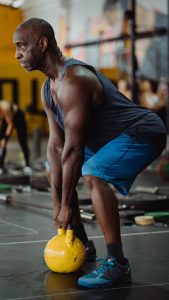
Continua focusing on more considerations and lifestyle adjustments for managing hip pain in older adults:
External Resources:
American Academy of Orthopaedic Surgeons – Exercises for Hip Pain
Mayo Clinic – Hip Pain: What You Need to Know
Harvard Health – Exercise Helps Ease Arthritis Pain and Stiffness
Remember, while exercises like squats can be beneficial, they should be undertaken cautiously and with proper guidance. Always prioritize safety and individual comfort when addressing hip pain in older adults through physical activities.
Comparison tabular on this
Wrapping up

Hey there, it’s Mike Rrsq, the Editor-in-Chief over at Jsquat.com, and I’m absolutely obsessed with all things squat fitness! I’ve been lucky enough to get some serious recognition for my work in this field. With a solid background in the fitness and wellness industry, I’ve been there right from the get-go, helping shape this website into what it is today.
You see, I’m not just the boss around here; I’m also a passionate contributor. I love sharing my insights through my articles, and trust me, they’re not your run-of-the-mill stuff. Each piece I write is a labor of love, filled with my expertise and real-world experience in the fitness universe. So, if you’re into fitness and looking for some inspiration, you’re in the right place!
